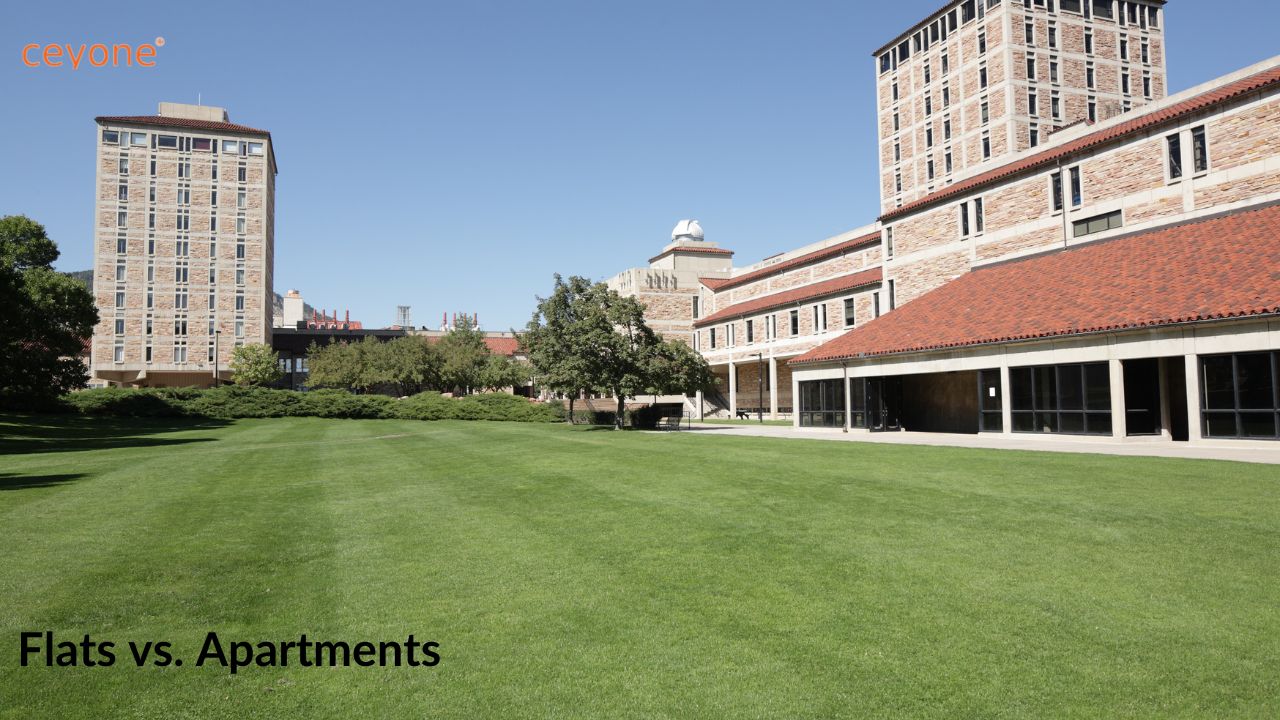Understanding Home Loan Interest Rates: Fixed vs. Floating
While fixed housing loan comes at a higher interest rate, it remains constant, unlike floating home loan interest rates, a significant advantage in the real estate market
If you have landed on this page, your dream home is within your grasp. A loan against real estate is a secure loan with up to an 18-year tenure. The affordability of a home loan is best determined by its interest rate, so pay attention to that. There are two types of home loan interest rates: fixed and floating. Both have their pros and cons. You must understand how the two differ before you choose a housing loan.
What is the fixed interest rate?
As the name indicates, the rate of interest is fixed, i.e., the rate does not fluctuate with the market’s ups and downs. When you plan for a fixed interest rate, you can forecast your EMIs and loan repayment easily.
However, since the rate of interest is constant throughout the loan tenure despite the change in repo rate banks charge higher interest rates than floating interest rate home loans.
Is a fixed-rate home loan good?
With a fixed interest rate against a volatile market and predetermined EMI, benefits that come with a fixed-rate home loan are that you can pay the principal amount monthly and lower the interest payment on the remaining amount.
This way, the monthly payment structure for fixed-rate housing loans over time shifts towards reducing the principal amount. This is a significant advantage in the real estate market, where fluctuation can otherwise lead to uncertainty.
What are the risks associated with fixed interest rates?
There might be none, but you don’t benefit from the falling home loan interest rates. While it does feel like a “set and forget” scheme, an assured fixed value, take note of the T&Cs that state the lender can raise the interest rate at any time due to certain developments.
However, it won’t be to the extent of floating rate. Get the documents perused by legal advisors or consult DSA (Direct Selling Agents) for clarity.
What is a floating interest rate?
The floating rate of interest is subject to revision every quarter and varies throughout the tenure of your loan. You can’t predict your EMIs or repayment plans with utmost certainty. The major benefit is that when home loan interest rates drop, you pay lower EMIs and vice versa.
Keep note that when rates rise repeatedly, besides continuing to pay more towards the home loan, you can seek an extension of tenure from the lender. Keep in mind that tenure is lengthy and the rise and fall of housing loan interest rates balance out.
Is a floating-rate home loan good?
The change in interest rate doesn’t happen overnight. Banks will define a calendar period to reset the interest rate, which varies from lender to lender. It can be the loan anniversary, quarterly, half-yearly or monthly.
The rate is reset only if any fluctuation is recorded in the reviewed period, and it directly impacts your tenure rather than EMIs. Tenure is extended in case of a higher interest rate and decreased if the market rate dips.
EMI remains unaltered to avert strain on the borrower. You may raise the EMI instead of the tenure or prepay a few EMIs together. Talk to your DSA to explore how it impacts your real estate investment.
What are the risks associated with floating interest rates?
The biggest risk here can be the market scenarios where a floating rate may rise significantly and become equal to or higher than fixed rates.
There is a high chance that you may exceed your budget with less cash in hand. For instance, if the housing loan interest rates increase dramatically, you might pay more than anticipated. This is why many consult their DSA to get a detailed comparison of current rates like the SBI home loan interest rate or HDFC home loan interest rate before making a decision.
Fixed Rate vs Floating Interest Rate
| ASPECT | FIXED-RATE HOME LOAN | FLOATING RATE HOME LOAN |
| Consistency | Constant throughout the tenure | Fluctuates based on market interest rate |
| Predictability | EMIs & repayments are predictable | EMI can vary |
| Interest Rate | Higher | Slightly lower by 1-2.5% |
| Rate Change | Fixed for a specific period before resetting | Changes periodically |
| Risk Tolerance | Budget stability & high initial EMIs | Higher rate risk & lower initial EMIs |
| Prepayment Charges | Prepayment penalty charged | Lower or no charges |
| Rate Conversion Options | May allow switching to a floating rate after the fixed period | May allow switching to fixed or lower floating rate |
| Suitability | Short-term repayment within 3-10 years | Long-term repayment within 20-30 years |
Should you go for a floating or fixed interest rate for a housing loan?
The rule is simple. Dig out the home loan interest rates of past years. If the rates are already low, i.e., a 2% steady drop, a fixed interest rate could be considered the best option for a home loan. If it is an all-time high, choose a floating interest rate. If it’s moderate, mixed could be best for a conservative perspective, i.e., ball on the safer side.
However, if it’s outrageously high or low, go for fixed. For example, the housing loan interest rate was 9% in 2003 and dropped to the floating rate of 7.15% and the fixed rate of 7.5% in 2004. After 2005, the floating rates started increasing almost 1% every year and reached 13.5% in 2009 and remained there till 2015. We can just imagine the doom days for people who opted for a floating interest rate of 7% in 2004.
The banking sector recorded an extension of a 20-year loan tenure to 27 to 35 years. Floating comes with its rise and risks. Do remember that even in fixed rate home loans, the rates remain constant up to a threshold beyond which fixed also floats. Ask your DSA about the locks and loopholes of housing loans.
Can you change fixed to floating and vice versa?
Yes, you can switch between floating and fixed-rate housing loans at any time with a conversion fee of up to 2% on the loan amount. Then again, it depends on the bank how often or how many times you can do it. For instance, you might find yourself choosing between a competitive SBI home loan interest rate or an attractive HDFC home loan interest rate.
There is an option of a fixed-floating home loan where you decide whether to fix when the rates scale up or otherwise float. While this might sound tempting, keep a sharp eye on the home loan interest rate trends for a year or two.
While most banks today insist on floating rate home loans, which benefit when the rates are falling it backfires big time when rates go uphill. It’s up to you to decide which interest rate suits you the best, the one you can handle.
Do a thorough research on various parameters. Reach out to www.theceyone.com to connect with our DSA for insight. If certainty and security are your top priorities, then a fixed-rate home loan is for you, however, it comes with premium charges compared to a floating-rate home loan.













